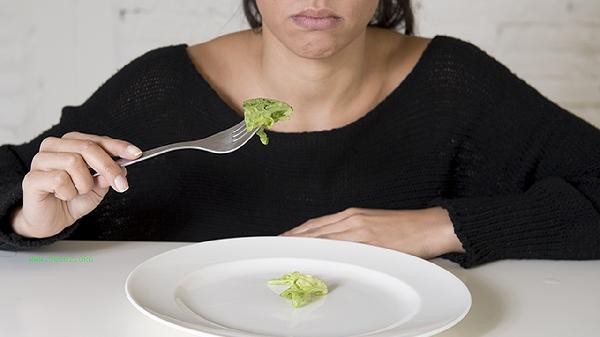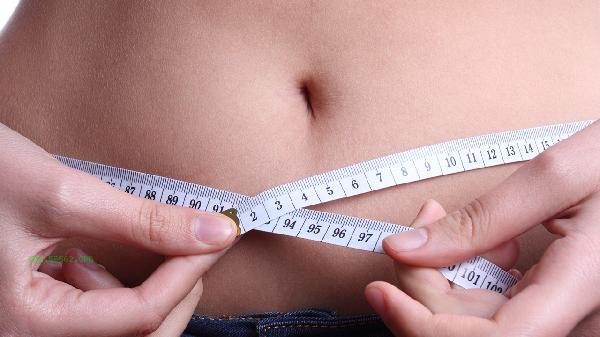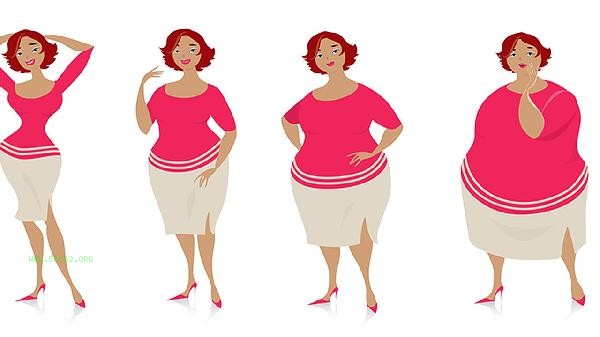During the weight loss period, it is recommended to consume pig bone in moderation, but it is important to pay attention to the frequency of consumption and cooking methods. Pig stick bones are rich in collagen and minerals, but have a high fat content. It is recommended to choose clear stew or soup cooking methods, and avoid braising or deep frying.

1. Fat content:
Pig bone marrow and attached meat contain a high amount of saturated fat, providing about 15 grams of fat per 100 grams. Excessive intake during weight loss may affect the formation of calorie gaps. It is recommended to limit the single consumption to less than 50 grams and not exceed 2 times a week.
2. Nutritional composition:
Pig Bone Soup contains rich minerals such as calcium and magnesium, as well as hydrolyzed collagen. When boiling, it is recommended to skim off the surface oil and pair it with white radish or seaweed to increase dietary fiber intake and enhance satiety.
3. Calorie control:

The calorie content of stewed pork stick bone soup is about 80 kcal/100 ml. If potatoes, corn and other ingredients are added, they should be included in the main intake. It is recommended to replace meat dishes in regular meals and maintain a daily calorie intake that does not exceed the standard.
4. Consumption period:
Eating during lunch is more conducive to nutrient absorption and avoids increasing digestive burden when consumed at night. Pairing with green leafy vegetables can promote fat metabolism, such as spinach, rapeseed, and other dark vegetables rich in vitamin K.
5. Alternative options:
Pursuing low-fat options, you can choose cow tail bone or chicken skeleton soup, reducing fat content by 30% -50%. Vegetarians can use mushrooms and tofu as substitutes, which can also obtain delicious amino acids and calcium.

During weight loss, it is important to pay attention to a balanced diet, and pig bone foods can be used as a source of protein supplementation during this period. It is recommended to combine 30 minutes of aerobic exercise to help metabolize fat, such as brisk walking, swimming, etc. Long term weight loss still requires a low-fat and high protein diet, with regular monitoring of changes in body fat percentage. If there is high uric acid or abnormal blood lipids, consult a nutritionist to adjust the diet.



Comments (0)
Leave a Comment
No comments yet
Be the first to share your thoughts!